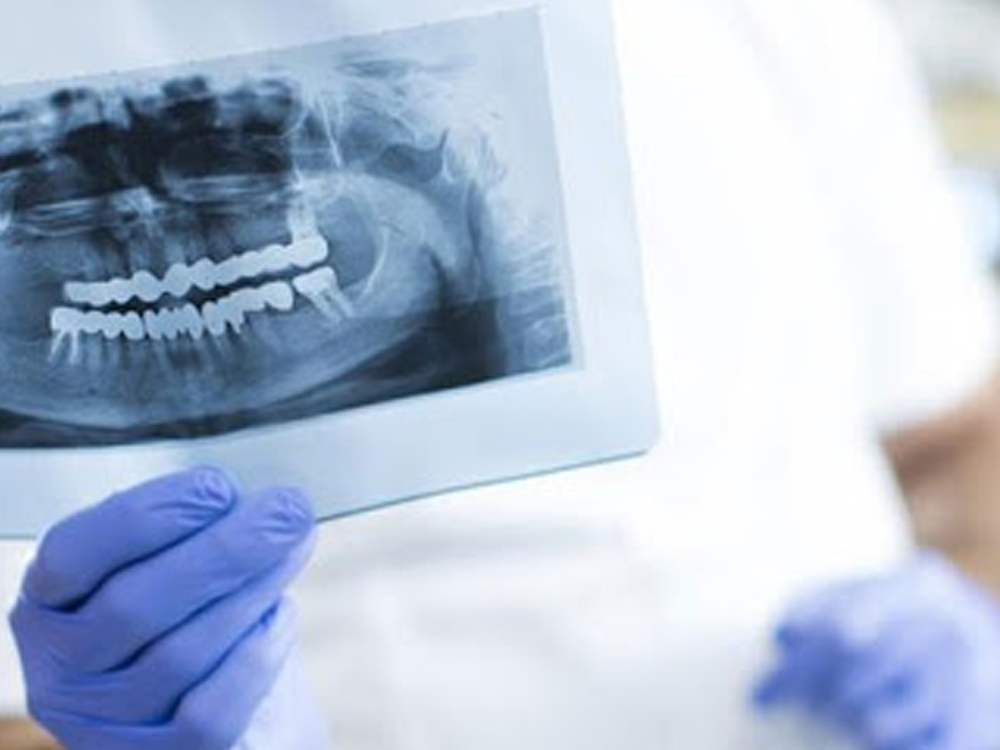Oral diagnosis is the department of dentistry that undertakes the diagnosis and treatment planning of oral diseases and systemic diseases that manifest in the mouth.
There are not only rotten teeth and inflamed gums in the mouth. As accepted all over the world, all soft tissue diseases in the jaw bones and joint, salivary glands, tongue and mouth are issues that concern dentistry. Although these structures and tissues cover a small area, they form an anatomically complex system. Many systemic diseases also show important symptoms in the mouth. For example, in diabetes, gum disease progresses very quickly. Again, frequent and numerous aphthae in the mouth may be the first symptoms of Behçet’s disease. For these reasons, a separate department was born about the diagnosis and treatment planning of oral diseases; Oral Diagnosis and Radiology has also undertaken this task.
Dental Xrays (Dental Radiography)
Dental radiographs, that is, dental films, are the most helpful in the diagnosis of intraoral diseases, especially those related to hard tissue such as teeth and jawbones. The two most used types of dental films are; periapical (small, showing 2-3 teeth) and panoramic (large, showing all upper and lower teeth and all jawbones). Digital radiography devices, which is a computer-aided technique, also allow for detailed evaluation by allowing color and light changes on the film image with a very low radiation dose. In addition to these, MR and CT are also films that can be requested, especially in implant applications and in the diagnosis of joint diseases.
Diagnosis and treatment of oral diseases
With all these methods, only 1/3 of the tooth structure can be seen in the mouth, the remaining 2/3 of the tooth structure, inflammatory formations in the jawbone and structures such as impacted teeth can be easily seen and diagnosed. A good diagnosis enables the right treatment planning to be made. In this way, all necessary treatment needs are determined early and larger problems are prevented in the future.
In the Oral Diagnosis and Radiology department, after the first records of the patients are taken, their examinations are carried out in detail. Then, one or more of the dental films are taken in accordance with the treatment needs, and the treatment plan is determined.
In accordance with the treatment planning, patients are directed to specialist physicians and their treatment is initiated. It is the duty of our department to answer all questions of patients about the treatment plan and duration.
Personal and medical information in the patient file is never shared with third parties, as per our privacy policy.








